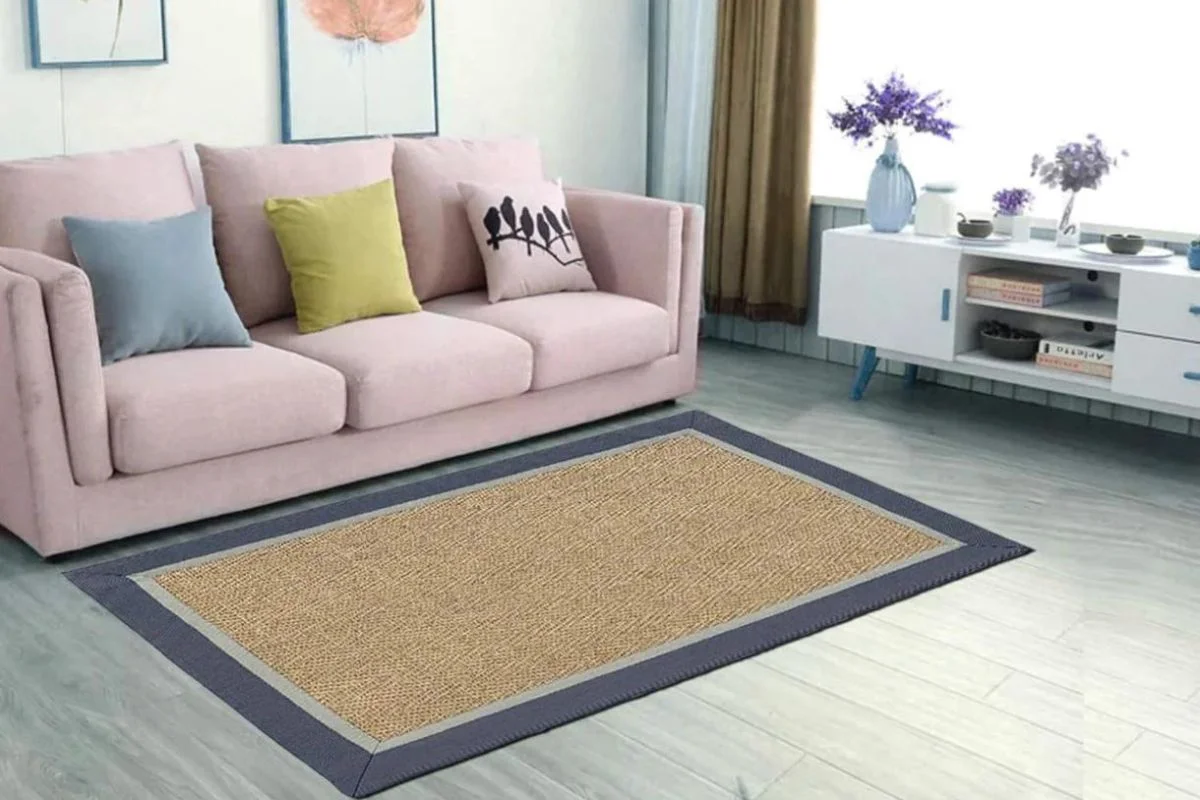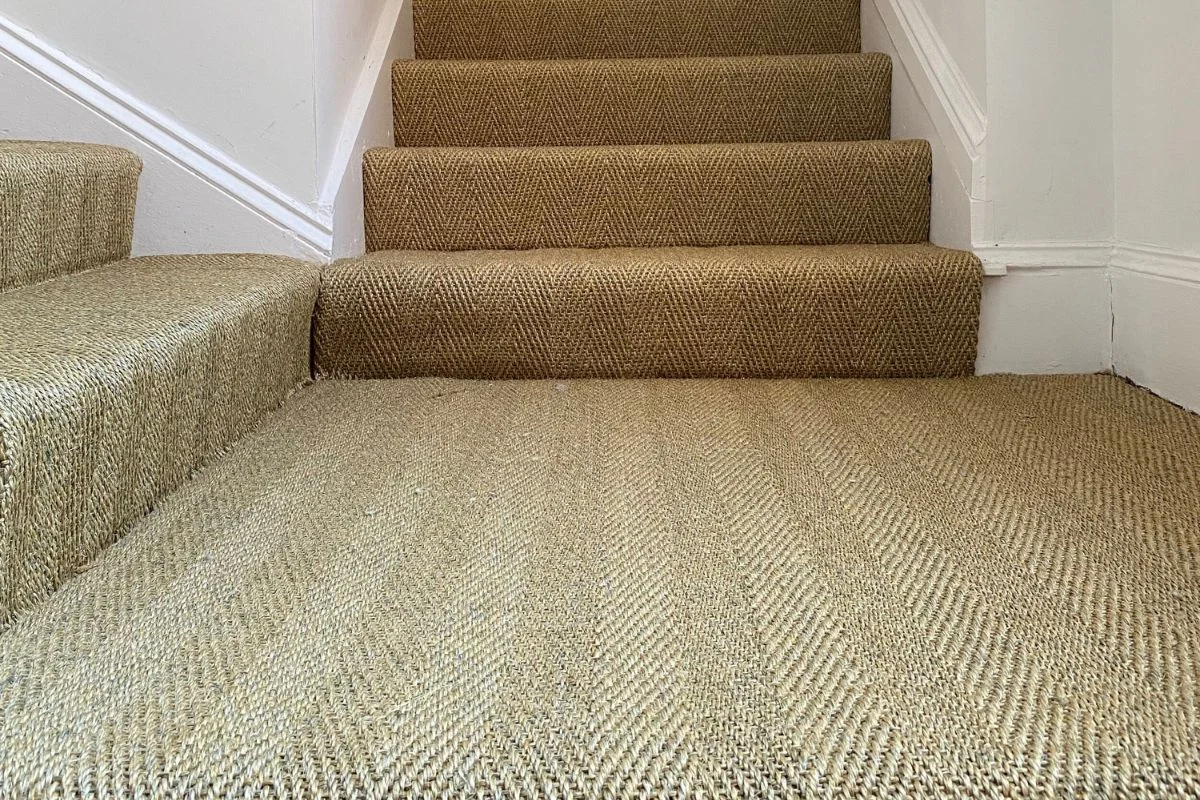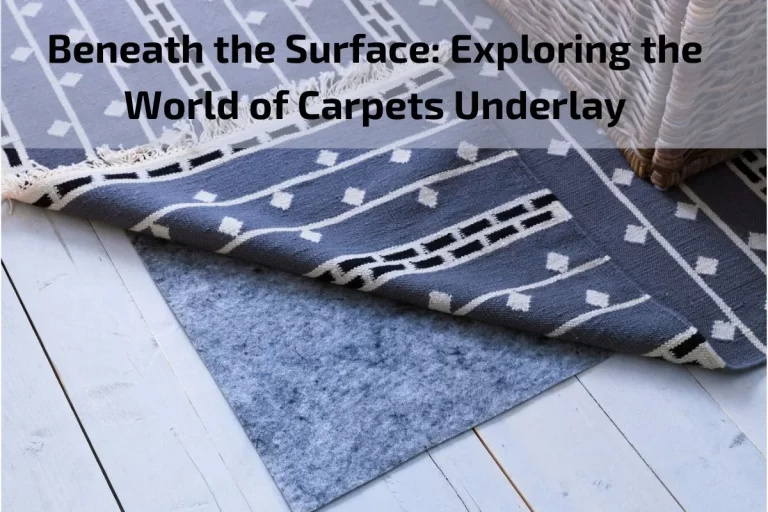In the ever-evolving landscape of interior design, where style meets sustainability, the allure of sisal carpets has emerged as a beacon of natural elegance. These woven wonders, crafted from the fibers of the agave plant, are not just floor coverings but a sustainable touch that brings a touch of eco-conscious luxury to every room in your home.
Welcome to “Sisal Carpets: A Sustainable Touch for Every Room in Your Home,” where we embark on a journey to explore the beauty, versatility, and environmental benefits that sisal carpets bring to modern living spaces. As we delve into the intricacies of sisal, we unravel a tale of sustainable craftsmanship, timeless aesthetics, and the seamless integration of nature’s touch into the heart of your home. Join us as we discover why sisal carpets are not just a flooring choice but a conscious lifestyle statement that harmonizes with both your décor preferences and the planet’s well-being.
Definition of Sisal Carpet
Sisal is a natural fiber derived from the leaves of the Agave sisal Ana plant, a species native to Mexico but now cultivated in various tropical and subtropical regions worldwide. The fiber is known for its strength, durability, and sustainability.
How are Sisal Carpets Made?
Harvesting Sisal Fibers: Sisal fibers are obtained by harvesting the long, sword-shaped leaves of the Agave sisal Ana plant. Harvesting is typically done when the plant reaches maturity, which takes several years.
Extraction and Washing: The harvested leaves are crushed to extract the fibers. The extracted fibers undergo a thorough washing process to remove impurities and the green outer layer of the leaves.
Drying: The cleaned sisal fibers are then dried to prepare them for the subsequent manufacturing steps.
Dyeing (Optional): Depending on the desired color, sisal fibers may undergo a dyeing process. Sisal carpets often retain their natural color, but dyeing allows for a broader range of design possibilities.
Spinning: The dried and possibly dyed sisal fibers are spun into yarns. The spinning process aligns the fibers, enhancing their strength and making them ready for weaving or tufting.
Weaving or Tufting:
Weaving: In traditional sisal carpet production, the yarns are woven on a loom to create the carpet’s structure.
Tufting: In modern manufacturing, sisal yarns are inserted into a backing material, creating loops. The loops are then sheared to achieve the desired carpet height.
Backing Attachment: The woven or tufted sisal carpet is attached to a backing material for stability. This backing can be made from various materials, including jute or synthetic materials.
Finishing: The sisal carpet undergoes finishing processes, which may include treatments for stain resistance or additional texture enhancements.
Cutting and Sizing: The final step involves cutting the carpet to the desired size and shape. This can be done during the manufacturing process or on-site during installation.
The Practical Benefits of Using Sisal Carpets
The Uses of Sisal in Interior Design
Sisal carpet, a versatile natural fiber derived from the Agave sisal Ana plant, finds a multitude of uses in interior design. Its unique characteristics make it a popular choice for various applications, adding both functionality and aesthetic appeal to interior spaces. Here are some common uses of sisal in interior design:
Sisal Carpets and Rugs: Sisal carpets and rugs are perhaps the most well-known applications. The natural texture and durability of sisal fibers make them ideal for floor coverings. Sisal carpets come in a range of weaves, patterns, and sizes, offering versatile design options for different rooms.
Sisal Wall Coverings: Sisal wall coverings, also known as sisal wallpaper, bring a touch of natural elegance to interior walls. These coverings provide texture and warmth, creating a visually appealing backdrop. Sisal wall coverings are available in various patterns and colors to suit different design preferences.
Sisal Upholstery: Sisal fibers can be woven or blended with other materials to create upholstery fabrics. Sisal upholstery adds a tactile and organic element to furniture pieces, providing a durable and stylish option for sofas, chairs, and ottomans.
Sisal Window Treatments: Sisal can be incorporated into window treatments, such as sisal blinds or curtains. These natural window coverings contribute to a cohesive design scheme while allowing for light control and privacy.
Sisal Decorative Accessories: Sisal’s versatility extends to decorative accessories. Items like sisal baskets, lampshades, and table runners bring a touch of natural texture to spaces. These accessories can be strategically placed to enhance the overall design.
Sisal Furniture: Sisal fibers can be woven into furniture pieces or used as decorative accents. Sisal-covered furniture adds a tactile and visually interesting element to interiors, creating a harmonious connection with other sisal elements in the space.
Sisal Wall Art: Sisal can be creatively used to make wall art or sculptures. Its natural color and texture lend themselves well to artistic expressions, allowing designers to incorporate unique and sustainable pieces into interior spaces.
Sisal Table Runners and Placemats: For dining areas, sisal table runners and placemats provide a rustic and earthy aesthetic. These functional accessories not only protect the table surface but also add a layer of texture to the dining experience.
Sisal Room Dividers: Sisal can be used to create room dividers or screens. These dividers add visual interest, define spaces within a room, and contribute to a sense of privacy while maintaining an open feel.
Sisal Stair Runners: Sisal stair runners add both style and practicality to staircases. The natural fibers provide traction, reducing the risk of slipping, while the design adds a cohesive element to the overall interior.
Conclusion
In conclusion, the enduring allure of sisal in interior design lies in its remarkable blend of sustainability, functionality, and aesthetic charm. As a natural fiber sourced from the agave plant, sisal has transcended its traditional applications, evolving into a versatile element that elevates various facets of interior spaces.











